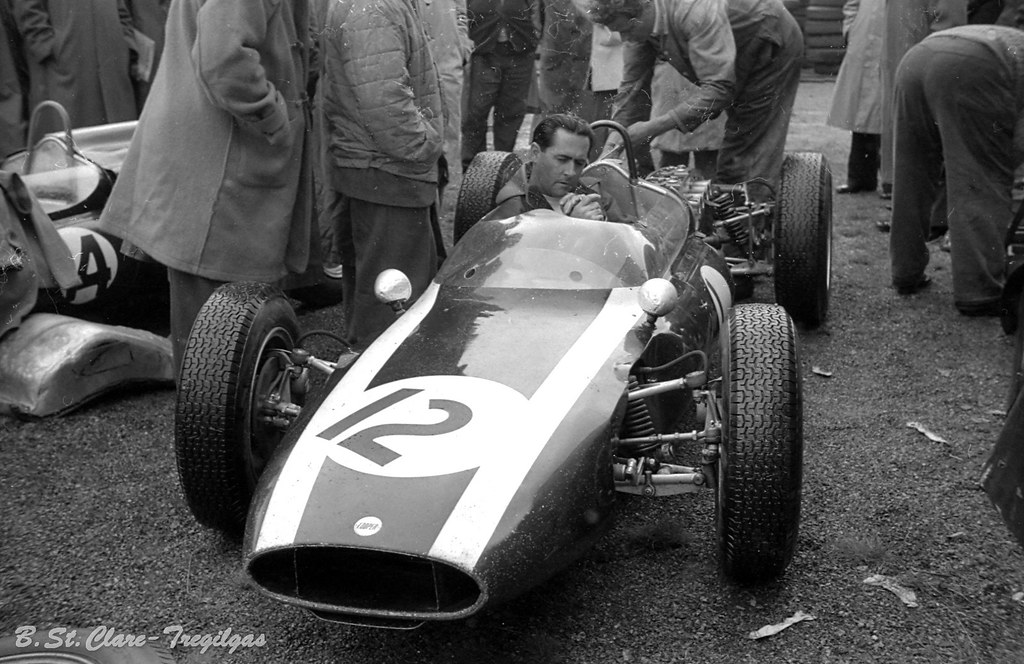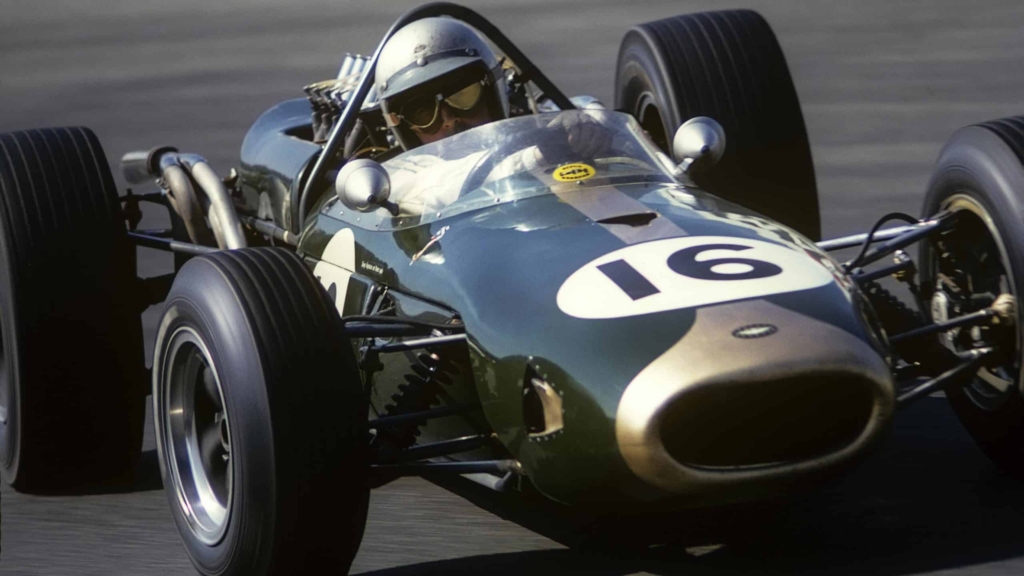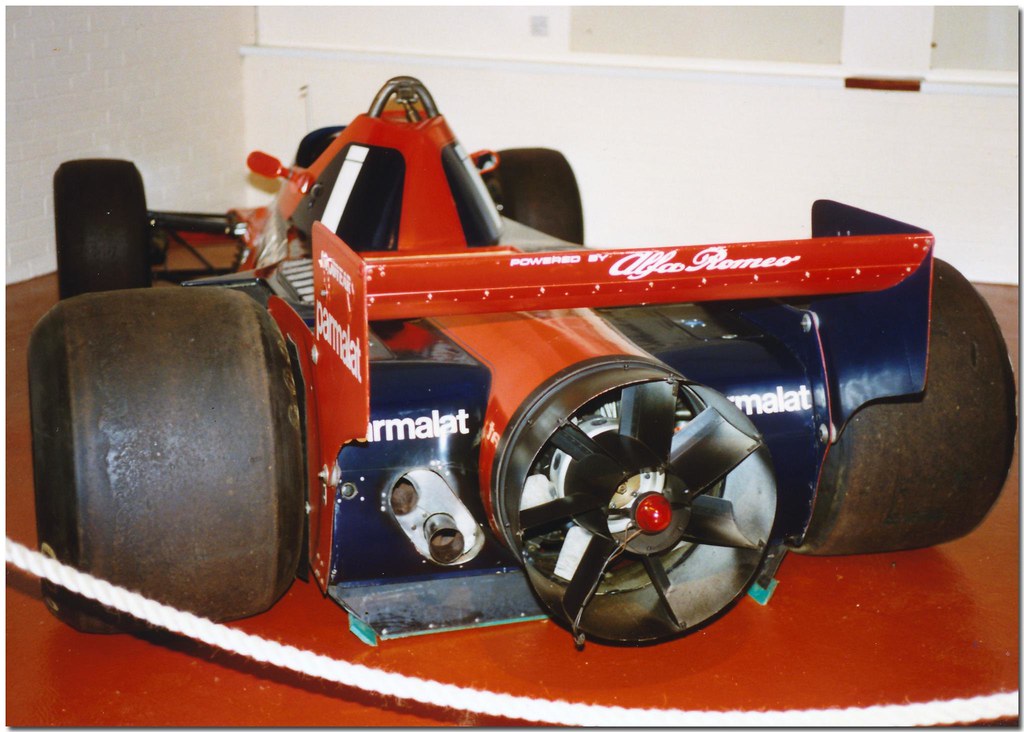Early Life and Entry into Motorsports
John Arthur ‘Jack’ Brabham was born on April 2, 1926 in Hurstville, New South Wales, Australia. From a young age, he was fascinated with cars and mechanics. At just 12 years old, Brabham learned how to drive the trucks from his father’s grocery business. He later attended technical college to study metalwork, carpentry and technical drawing.
Brabham’s racing career started in 1948 when his friend Johnny Schonberg convinced him to build and race midget cars on dirt oval tracks. He quickly found success, winning the 1948 Australian Speedcar Championship in only his third race. Over the next several years, Brabham honed his skills on dirt and dominated the midget car scene in Australia, winning four national championships.
In 1951, Brabham entered his first road race, competing in hillclimbs in a Cooper-Bristol sports car. After more success on the road racing scene in Australia and New Zealand over the next few years, Brabham headed to Europe in 1955 to advance his motorsports career.

Success with Cooper in Formula One
After moving to the UK, Brabham purchased a Cooper to race independently. However, he soon struck up a friendship with Cooper owners Charles and John Cooper. Brabham began working closely with the team, providing input on designing new mid-engined Cooper sports cars and single-seaters.
Driving for the Cooper team in Formula One, Brabham scored his first podium finishes in 1957. In 1959, driving the new 2.5 liter Cooper, he won the Monaco Grand Prix en route to becoming Australia’s first Formula One world champion. The following year, Brabham dominated the 1960 season with five more victories to successfully defend his title.
Brabham Racing Organisation
In 1961, Brabham established the Brabham Racing Organisation (BRO) team alongside Australian friend and engineer Ron Tauranac. After several years developing Formula Junior, Formula Two and various other cars, the Brabham Formula One project was born for the 1962 season.
Although the early years were difficult without a win, the team persevered and recruited top talents like Dan Gurney. A major breakthrough came in 1966, when Brabham convinced Australian engineering company Repco to develop a custom 3-liter V8 engine for the new 3-liter regulations.
The nimble, reliable Repco engine in the back of Brabham’s BT19 chassis proved to be the perfect combination. Despite its lower power output, Brabham won four races and clinched his third world drivers’ championship. The BRO also won the constructors’ title, making Brabham the first and only driver to win the championship driving a car bearing his own name.

Later Career Highlights
The following year, Brabham finished runner-up in the championship as teammate Denny Hulme brought the constructors’ title back to BRO. In 1968-1969, Brabham scored occasional points and podiums but did not challenge for the title. He managed one last win in 1970 at the South African Grand Prix before announcing his retirement from Formula One at age 44.
However, Brabham could not stay away from racing for long. He came out of retirement in 1978-1979 to make several starts in the aggressive British Saloon Car Championship, showing younger drivers he still had pace in his 50s. Brabham also made an appearance alongside Stirling Moss in the 1976 Bathurst 1000 endurance race.
The Brabham BT46 ‘Fan Car’ and 1978 Swedish GP
In 1978, the Brabham team caused a sensation when they debuted the radical BT46B ‘fan car’ concept at that year’s Swedish Grand Prix. The Gordon Murray-designed car featured a large fan at the back powered by the main engine, sucking air from underneath the car to create an aerodynamic suction effect and immense downforce.
In qualifying, Brabham drivers Niki Lauda and John Watson were 1-2 on the grid by over 1.5 seconds. Lauda then dominated the race, lapping the entire field en route to an easy victory. The car was protested and ruled illegal – it never raced again. But the BT46B showcased Brabham’s enduring spirit of innovation and pushing boundaries in the pursuit of speed.

Legacy
Sir Jack Brabham passed away in 2014 at age 88, leaving behind an unmatched legacy in Formula One. With 3 drivers’ titles, over a decade spent as an elite driver-engineer, and 14 total Grand Prix wins, Brabham played a pivotal role in revolutionizing the sport alongside Cooper in the late 1950s.
The Brabham team and brand continued in Formula One through the early 1990s, winning two additional championships. Brabham’s sons Geoff, Gary, and David all became professional racing drivers, and his legacy lives on through the ‘Brabham Dynasty’ – their continued success in racing over the past 60+ years.
Knighted in 1979 for his services to motorsport, the name Sir Jack Brabham is etched in history as a Formula One great. His ingenuity, tenacity and thirst to push the boundaries of speed solidified his status as a true Australian sporting legend.

